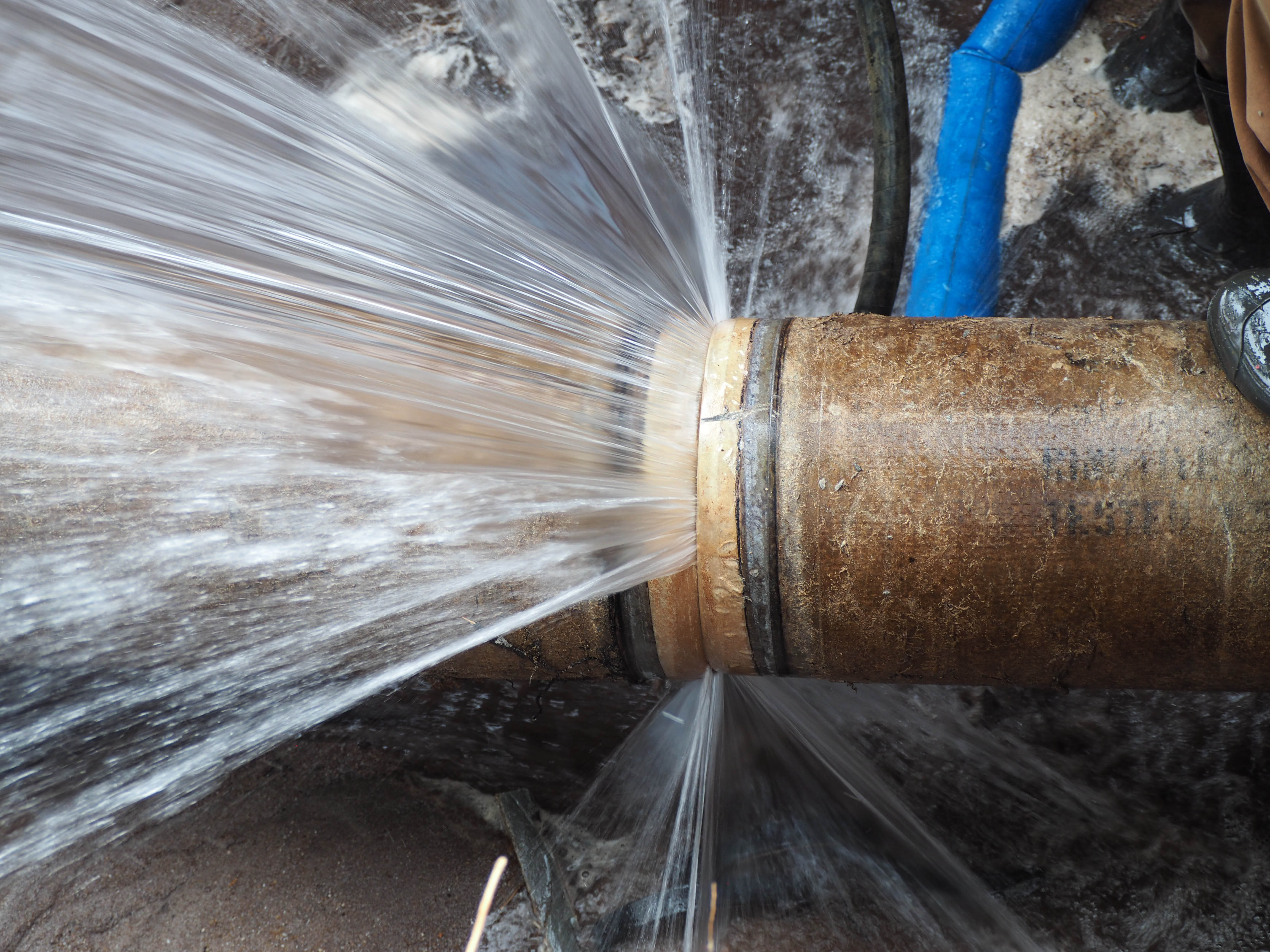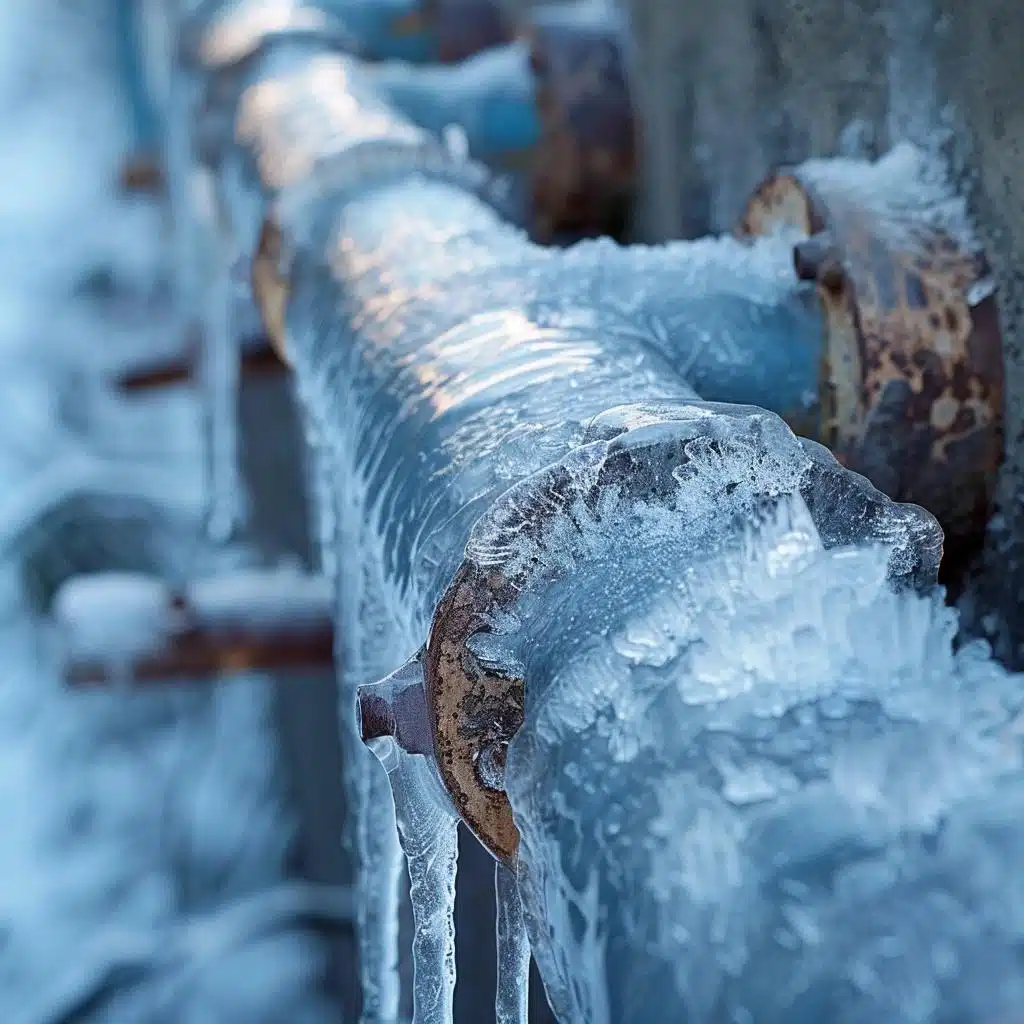Critical Approaches for Avoiding Frozen Plumbing in Cold Weather
Critical Approaches for Avoiding Frozen Plumbing in Cold Weather
Blog Article
We have come across this article on Winter Plumbing Precautions: Preventing Frozen Pipes down the page on the net and decided it made perfect sense to discuss it with you on this page.

Winter can damage your pipes, specifically by freezing pipes. Right here's just how to stop it from happening and what to do if it does.
Intro
As temperature levels decline, the risk of frozen pipes boosts, potentially causing pricey fixings and water damages. Recognizing just how to stop icy pipelines is critical for home owners in cool environments.
Recognizing Icy Pipelines
What creates pipelines to freeze?
Pipes ice up when revealed to temperatures below 32 ° F (0 ° C) for expanded durations. As water inside the pipes ices up, it increases, taxing the pipe wall surfaces and potentially causing them to break.
Dangers and damages
Icy pipes can bring about water system disruptions, building damage, and costly repairs. Ruptured pipelines can flood homes and create extensive architectural damages.
Signs of Frozen Water Lines
Identifying frozen pipelines early can avoid them from bursting.
Just how to determine frozen pipelines
Try to find lowered water flow from faucets, unusual smells or noises from pipes, and visible frost on subjected pipelines.
Avoidance Tips
Protecting at risk pipelines
Wrap pipelines in insulation sleeves or utilize warmth tape to safeguard them from freezing temperature levels. Focus on pipes in unheated or external locations of the home.
Home heating techniques
Keep indoor rooms effectively warmed, especially areas with plumbing. Open closet doors to allow warm air to circulate around pipes under sinks.
Safeguarding Outside Plumbing
Garden hose pipes and outdoor faucets
Detach and drain garden hoses before winter. Mount frost-proof faucets or cover outside faucets with protected caps.
What to Do If Your Pipes Freeze
Immediate actions to take
If you suspect icy pipes, keep taps open up to soothe stress as the ice melts. Use a hairdryer or towels taken in hot water to thaw pipelines slowly.
Long-Term Solutions
Structural changes
Think about rerouting pipelines away from outside wall surfaces or unheated areas. Include extra insulation to attics, cellars, and crawl spaces.
Updating insulation
Invest in high-grade insulation for pipes, attics, and walls. Correct insulation aids preserve consistent temperatures and minimizes the danger of icy pipelines.
Conclusion
Stopping icy pipes requires positive procedures and quick actions. By recognizing the reasons, signs, and preventive measures, property owners can safeguard their plumbing during cold weather.
6 Proven Ways to Prevent Frozen Pipes and Protect Your Home
Disconnect and Drain Garden Hoses
Before winter arrives, start by disconnecting your garden hoses and draining any remaining water. Close the shut-off valves that supply outdoor hose bibs and leave the outdoor faucet open to allow any residual water to drain. For extra protection, consider using faucet covers throughout the colder months. It’s also important to drain water from any sprinkler supply lines following the manufacturer’s directions.
Insulate Exposed Pipes
Insulating your pipes is an effective way to prevent freezing. Pipe insulation is readily available at home improvement stores and is relatively inexpensive. Pay close attention to pipes in unheated areas such as the attic, basement, crawl spaces, or garage. Apply foam insulation generously to create a buffer against the cold. You can also wrap your pipes in heat tape or thermostat-controlled heat cables for added warmth.
Seal Air Leaks
Inspect your home for any cracks or openings that could let in cold air. Seal any holes around the piping in interior or exterior walls, as well as the sill plates where your home rests on its foundation. Additionally, make sure to keep your garage door closed unless you’re entering or exiting. Leaving it open creates a significant air leak that can lead to frozen pipes.
Allow Warm Air Circulation
During cold snaps, it’s essential to allow warm air to circulate evenly throughout your home. Leave interior doors ajar to promote better airflow. Open kitchen and bathroom cabinets to help distribute heat consistently around the rooms. If you have small children or pets, be sure to remove any household chemicals or potentially harmful cleaners from open cabinets for safety.
Let Faucets Drip
A small trickle of water can make a big difference in preventing ice formation inside your pipes. When temperatures drop significantly, start a drip of water from all faucets served by exposed pipes. This continuous flow helps prevent the water from freezing. Additionally, running a few faucets slightly can relieve pressure inside the pipes, reducing the chances of a rupture if the water inside does freeze.
https://choateshvac.com/6-proven-ways-to-prevent-frozen-pipes-and-protect-your-home/

As a serious person who reads on How To Avoid Freezing Pipes, I imagined sharing that excerpt was worthwhile. Enjoyed our write up? Please share it. Let other people check it out. Thank you so much for taking the time to read it.
Maintenance Sign-Up Report this page